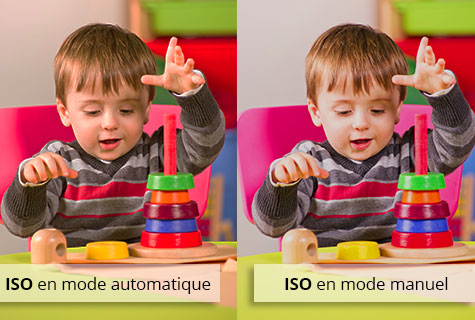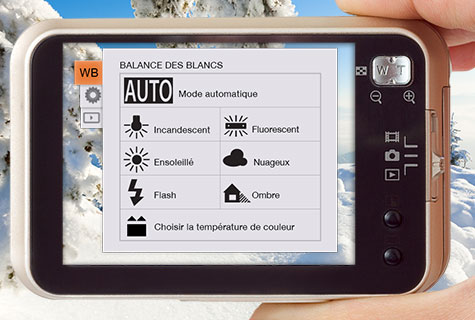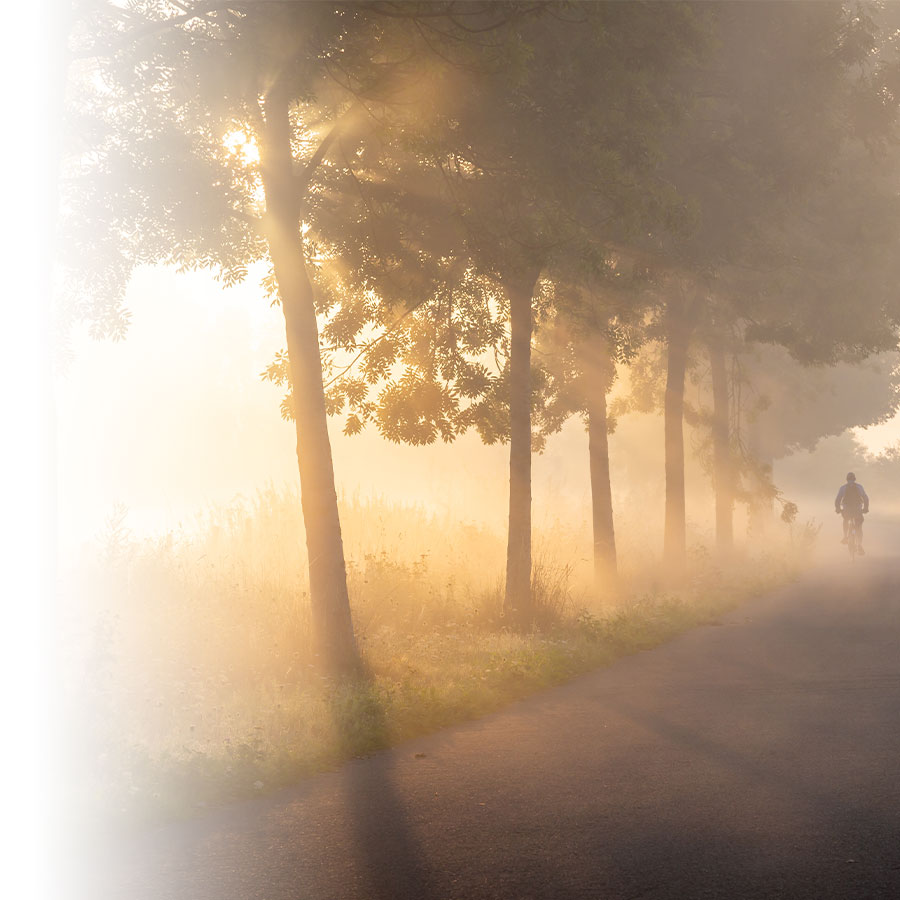Mastering lighting and exposure is at the root of photography. Over-exposure will lead to photos that are dull and dreary, while under-exposure leaves pictures looking washed-out or overly bright. And to top it all off, if you don’t use your camera’s settings and modes properly, it can trip you up by incorrectly assessing the amount of light caught in your shot.
To achieve the perfect photo, you need to open your camera’s aperture and choose the right ISO and shutter speed settings, all while using the flash when necessary. By following these steps, you’ll be able to take beautiful photos, both inside and under the bright sun. You’ll even be able to give your photos a distinct look by choosing, for example, to apply an under-exposure technique.
To help you out, read through the following dossier and learn how to play with light rather than simply put up with it.

The ABCs of light
Your camera’s sensitivity to light can be programmed to your liking. You can choose to leave your camera on automatic mode or manually adjust ISO sensitivity. The light/dark contrasts in your photos will not only appear more realistic, they’ll also be sharper and more clearly defined. Due to a weaker flash and a smaller light sensor, those with compact cameras need to be extra careful when programming their settings so that their photos come out looking beautiful, even in poor lighting conditions. By following these tips and with a bit of practice, playing with the light in your photos will come naturally—you’ll be a picture-perfect photographer in no time.
For more information on lighting in photography, check out the following articles:

Bold colours
Light isn’t always white—and if you’re not careful, you may end up shooting your subjects in unflattering light. Avoid this by adjusting your camera’s white balance to the type of light you’re working with. You can also play with the colours in your photos, giving a more realistic feel to them. Once you’ve mastered the basics, you’ll quickly learn how to play with colours and lighting in order to create a unique setting for your photos.
To learn more about playing with lighting and colours, read these articles:

With or without the flash!
Your camera’s flash is a handy tool... that you need to learn to live without. In fact, certain establishments, such as museums, don’t authorize the use of flash, and needless to say that during a concert, your flash will do you no good. Also, if used incorrectly, flash can harshen your subjects’ features. Once more, adjusting your camera’s shutter speed and ISO sensitivity will make all the difference, allowing you to take gorgeous photos even in shadowy light.
For more tips on how and when to use your camera’s flash, read the following articles:
Too much light?
On vacation in warmer climes, or even during the winter months, the sun’s harsh rays can work against your photos, especially when coupled with the reflection of water, sand or snow. In such circumstances, your photos might come out looking less than perfect—contrasts might be too harsh, colours might appear washed-out and overall, your pictures might seem overexposed. Many tips, like how to get the right lighting for your photos and how to use a reflector, will help you overcome these obstacles and become a star photographer.
For more tips on taking great pictures in bright light, read the following articles:


